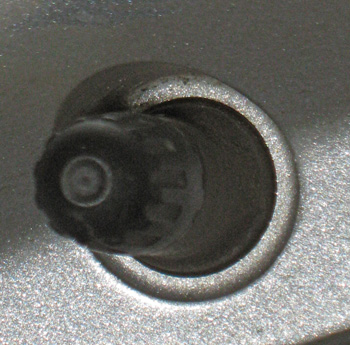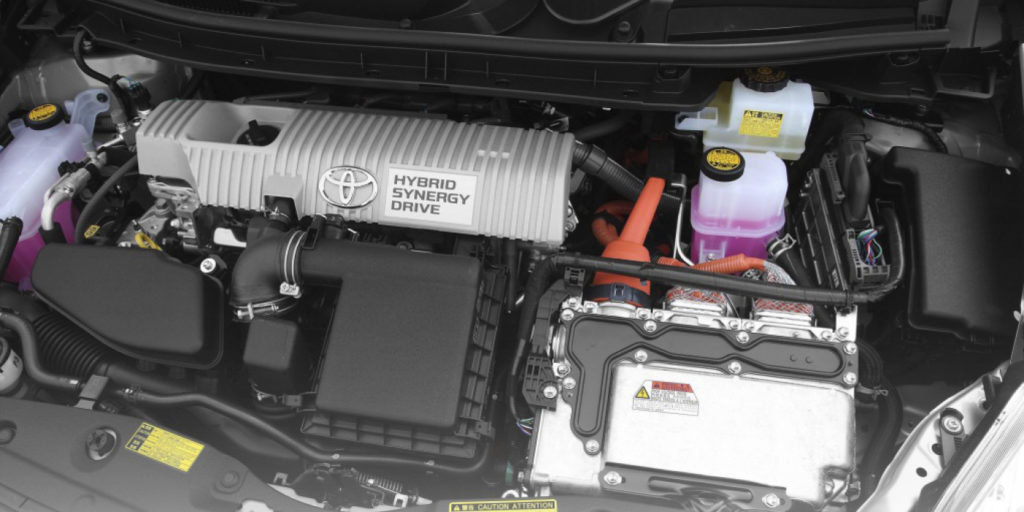
TPMS brings about confusion, aggravation and more importantly, opportunity. Adding to the TPMS frenzy is loads of information. This article will discuss a couple of new issues within TPMS that you need to be aware of. The following are questions that were posed to Scot A. Holloway, general manager, Bartec USA, on the changing world of TPMS.
Some Technicians are reporting that the TPMS Light is coming back on after what they thought was a successful relearn. What is the root cause of this problem?
Recent developments in TPMS have some sensors showing up in the aftermarket in a storage mode. In order to conserve sensor battery life, TPMS Sensors are sometimes shipped in “off mode,” “de-energized mode,” “accelerometer off” or “shipping mode.”
In some instances, like the banded sensors that Ford currently uses, simply putting the sensor under pressure will energize or turn the sensor on. Other sensors require a special Low Frequency (LF) command to change their mode. For the latter, a TPMS tool is required, one that has this special LF command. Sensors that are not properly commissioned or set-up, can be successfully programmed to the vehicle, only to have the owner drive away and have the TPMS warning light come on at a later time.
What are some of the difficulties shops are encountering with some Asian vehicles?
The majority of the Asian vehicles have adopted a repair process that has made aftermarket repair of TPMS difficult. While there are a some TPMS trigger tools that can in fact activate and decode the sensors found on Toyota, Honda and Nissan vehicles, in each of the cases another tool is required to perform sensor replacement – that tool is a scan tool! That’s right, each of these, and many other import vehicles, require a corporate scan tool to be connected to the Data Link Connector (DLC) to complete TPMS service. Every time a TPMS sensor is replaced or rotated, this scan tool must be connected to the DLC and the IDs keyed into the scan tool for programming to the vehicle.
Theses re-learns require that the sensor ID’s be programmed to or “written to” the TPMS control module directly. This is typically done with a Scan Tool or a combination Activation/Scan Tool. This method closely resembles the process used at the auto assembly line. Sensor ID’s are captured directly by activation (TPMS tool) and then connected to the OBDII port to write them (scan tool). This is the preferred method of re-learn as it is accurate and fast!
What does that mean to the aftermarket and the technician at an independent shop?
Well, a couple of things actually. First, TPMS is a little more complicated now that scan tools are involved; secondly getting the right aftermarket TPMS tool is even more critical today than ever before. The aftermarket solution should be based on the same process by which the car or truck is programmed at the time of manufacture, a process derived from the OE method is the most accurate and efficient.
Even after three years of mandatory TPMS systems
With model year 2009 vehicles starting to have their first set of replacement tires installed, keep your eyes open for some changes in sensor technology from the OEs.
Ford is now using a “snap in” style TPMS sensor on some of their trucks and SUVs. Subaru has also changed their strategy as they are now using BOTH the “clamp in” and the “Snap In” styles of sensors on certain models.
Hyundai/Kia has added a new twist to the sensors they are using. Depending on the model car, the sensors status has to be changed from HIGH to LOW. This again requires a special LF command. Also new for Chrysler is a “snap in” variant to their current specification (on limited models).
What advice do you have for shops that are reluctant to service TPMS systems because they are affriad to purchase a TPMS tool that may become outdated in a short period of time?
Before I answer that question, let’s consider three important points.
First, know that there nearly a quarter of a billion TPMS Sensors currently in use. Better than a third of those are at least 3 years old. Even more there are a large number of sensors that are on wheels that are ready to have the tires changed. There is a growing population that very soon will have battery issues. The bottom line is, if you haven’t already, you will soon have TPMS vehicles in your garage or repair facility.
Unfortunately, the only thing consistent about TPMS is the change that seems to occur on a regular basis. To navigate through this challenge-filled opportunity you will need knowledge, training, technical support and superior tools.
Any operation that works on tires has been faced with serious challenges to the way they do business. Thus is the nature of change. You can either run from it (lose business) or embrace it and seize the opportunity to grow and enhance your business.
You can ill afford to let your competitors have the “leg up” on this emerging service. Having the ability to “turn out the TPMS light” will not only give you the ability to keep your customers happy but more importantly keep them from going to your competition.
What type of tool should a shop purchase?
The majority of cars and trucks with TPMS require at a minimum an activation tool. A growing number of vehicles need a combination tool to get the IDs programmed to the car. The best solution is a combination tool that handles all three types of re-learn situations, using the same process. n














